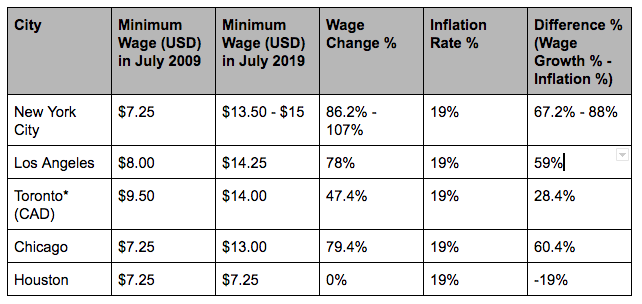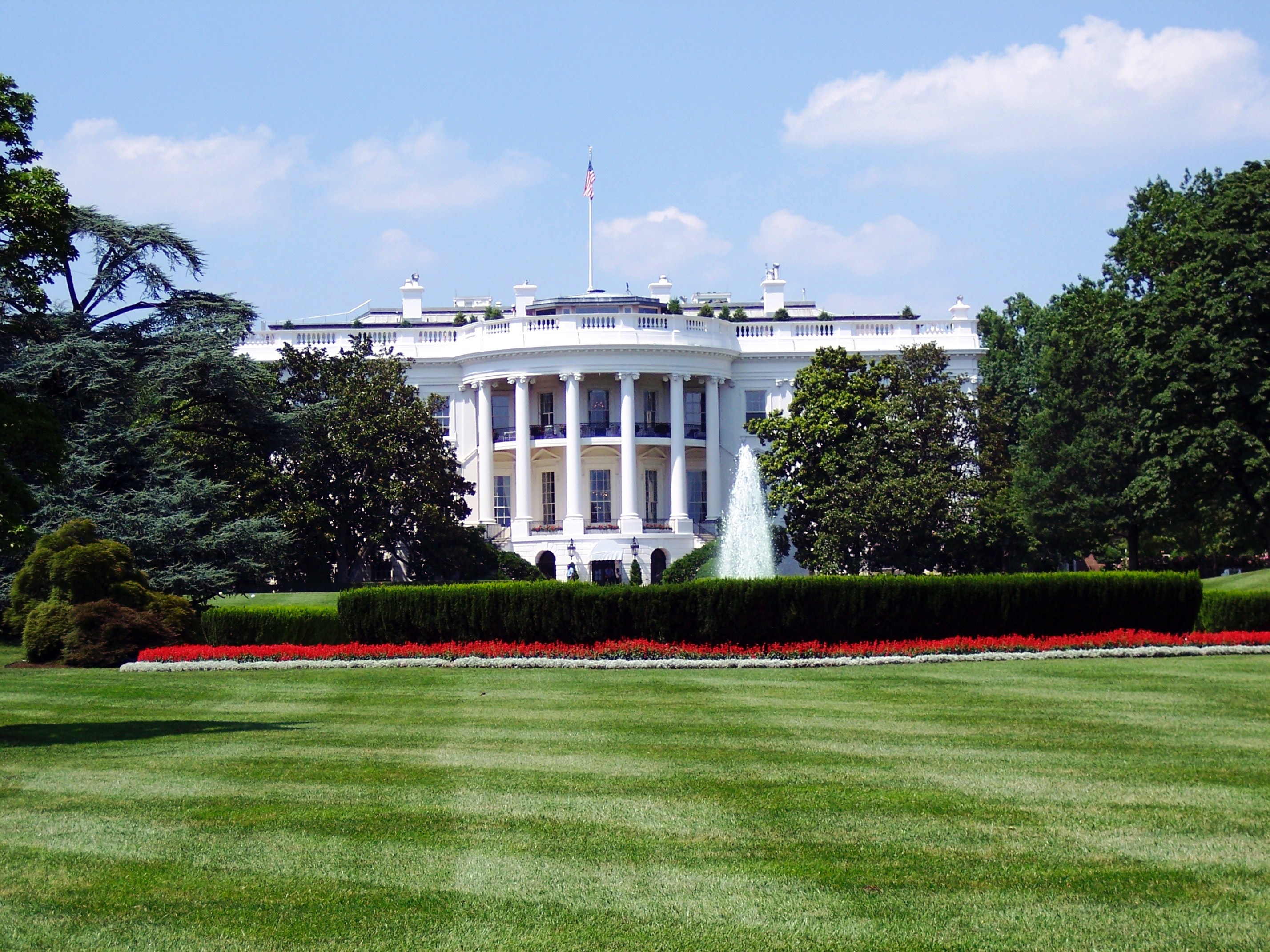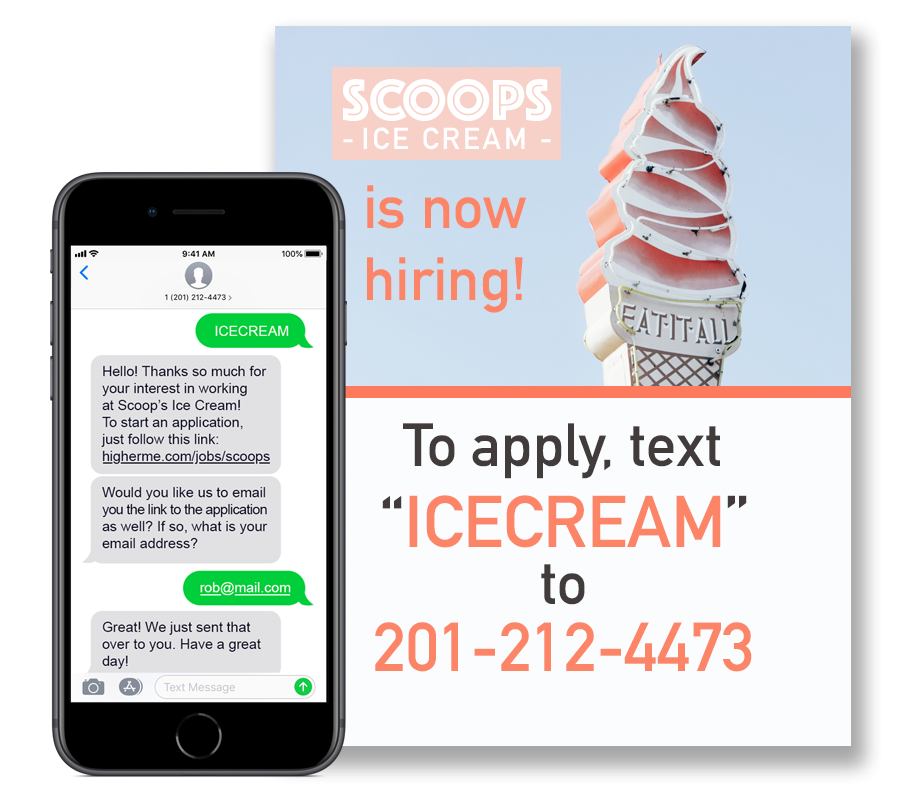4 Ways to Control Labor Costs and Maintain Profits

For many restaurants, 80% of their businesses will come from a loyal group of customers who make up 20% of the total customer base.
The same idea can be applied to hiring, as most businesses spend very little on employee retention activities. If you spent just 20% of your hiring budget on employee retention, you could reduce your hiring costs by as much as 80%.
While larger brands likeChipotle have focused on offering professional growth opportunities and viable long term career paths for their employees, smaller restaurants can offer more cost-effective retention activities. A recent study by 7shifts detailed how employee engagement impacts workplace happiness. A simple compliment is free, and goes a long way: for 32% of employees, a gesture like making a public comment on their good work can increase their overall happiness with their positions.
Other cost-effective ideas to boost workplace morale? Employee of the month awards, team building activities (at work or after-hours), cake on an employee’s birthday, and a card or small gift on an employee’s work anniversary.
Labor costs and minimum wage are rising across North America. Labor costs are rising for employers, even without market pressures. For many restaurant and retail businesses, labor costs are a serious challenge, and also represent 28 to 33 percent of a restaurant’s total operating costs.
Let’s look at how labor costs have changed over time in large North American cities, and compare that to the inflation rate of the same period:

Statistical and Data Notes. Inflation rates are provided by the US Bureau of Labor Statistics and the Bank of Canada. Minimum wage rate information is provided by the relevant state, provincial, county or city regulator.
The trend is clear: wages in major cities have been rising significantly faster than inflation.
What does this actually mean for a restaurant owner when it comes to budgeting for their business?
If you owned a McDonald’s in New York City in 2009 that employed 40 people, making an average of $16,000 a year, your labor costs (not including payroll taxes) would have been $640,000. In 2019, your employees’ average salary would be $32,000/year, meaning your payroll costs have now jumped to $1,280,000 a year.
From 2009 to 2019, labor costs have increased by $640,000 a year (that’s more than the salary of the President).

There are few areas where restaurant and retail owners can effectively cut costs and maintain profitability. You can only trim pay so much, and if your advertised wages are low, good talent will seek employment elsewhere. You also can’t skimp on ingredient quality without making customers less likely to buy your finished product. Equipment, utilities, and POS are your remaining major costs, which also leave little room to find savings as those costs often remain static.
4 ways to control your restaurant’s labor costs
1. Automate your front of house experience
Automatic ordering kiosks, iPads on tables, mobile ordering, and ghost kitchens for delivery are all ways restaurants can reduce labor costs and increase operational efficiency.
Large brands like McDonald’s, Wendy’s or Panera might be able to see average cheque sizes increase 15-20% with self-serve kiosks. Smaller brands who value face to face interactions with customers may prefer to have a human employee taking orders who can help upsell features or benefits, and create connections with regular customers.
Full service restaurants should note: while technology can reduce labor costs and improve efficiency, too much technology or automation could take away from the experience of going out to eat. Without an enjoyable in-store experience, more customers might opt for delivery, an option that is increasingly hurting the bottom lines of restaurants.
2. Automate your marketing and loyalty programs
Marketing and customer relationship management activities can be incredibly effective at building a core customer base for any restaurant. Marketing your restaurant may involve posting on social media, sending email campaigns, delivering flyers or menus, running rewards programs, and more.
Managing your restaurant’s marketing is important, but also takes time away from staff training or hiring. Using software to automate your marketing can reduce costs significantly. Start by searching “social media scheduling software”, or “email marketing automation” to find a plethora of options. Brands like Taco Bell and Starbucks have used their own apps and rewards systems to build significant customer loyalty, but companies like Nudge Rewards can help small businesses create a loyalty program. If you don’t want to use an app, old fashioned punch or stamp loyalty cards still work well too.
For an idea of the types of savings, you can expect good social media scheduling software lets you set up all your posts for a week (or longer) in about 30 minutes, and lets you send out emails in about the same amount of time. In less than one hour, your marketing efforts are complete.

3. Focus on talent retention
For many restaurants, 80% of their businesses will come from a loyal group of customers who make up 20% of the total customer base.
The same idea can be applied to hiring, as most businesses spend very little on employee retention activities. If you spent just 20% of your hiring budget on employee retention, you could reduce your hiring costs by as much as 80%.
While larger brands likeChipotle have focused on offering professional growth opportunities and viable long term career paths for their employees, smaller restaurants can offer more cost-effective retention activities. A recent study by 7shifts detailed how employee engagement impacts workplace happiness. A simple compliment is free, and goes a long way: for 32% of employees, a gesture like making a public comment on their good work can increase their overall happiness with their positions.
Other cost-effective ideas to boost workplace morale? Employee of the month awards, team building activities (at work or after-hours), cake on an employee’s birthday, and a card or small gift on an employee’s work anniversary.
4. Invest in the best hiring software

For all the innovations in the restaurant and retail space, hiring is one area that has seen little more innovation than placing “now hiring” signs online instead of in restaurant windows.
The employees you hire and the experience they provide customers can make or break your business. Finding good people isn’t always easy, and it’s incredibly time-consuming: for restaurant managers, or owners who handle hiring, it can take about 11 hours to hire one new employee. So how can you reduce the amount of time spent hiring?
First, widen your search. In the current labor market, a help wanted sign in your store window, or Craigslist or Indeed ads online may not be enough.
Technology like Text-To-Apply can get you eight times more qualified applicants by adding a phone number to your “Now Hiring” sign that applicants can text to start applying.
Casting a wider net will hopefully attract more applicants. Instead of manually sorting through paper résumés, start using an Applicant Tracking System to filter and screen candidates. An ATS can even automatically rank candidates and help schedule interviews, saving six hours of time per hire and up to $72,000 a year in hiring costs.
Spending a few hundred dollars a month to post on job sites like ZipRecruiter, Craigslist or Indeed may get you a large number of candidates. However, without an effective Applicant Tracking System, you’ll end up spending thousands of dollars and hours of time trying to find your top candidates.
Conclusion
Labor costs are rising across North America, with the most rapid increases happening in major urban centres. With owners having to manage other rising costs like rent, ingredients, and utilities, owners who want to maintain profitability with minimal price increases have to look towards automation and retention methods for their labor to stay in control of their operating budget.
See other templates
Test

"Being able to depend on a consistent stream of applications without having to devote hours a week to recycling the same posts has revolutionized our HR workflow, saving me hours of labor."
Book a demo
We'll contact you as soon as possible to better understand how we can help you
